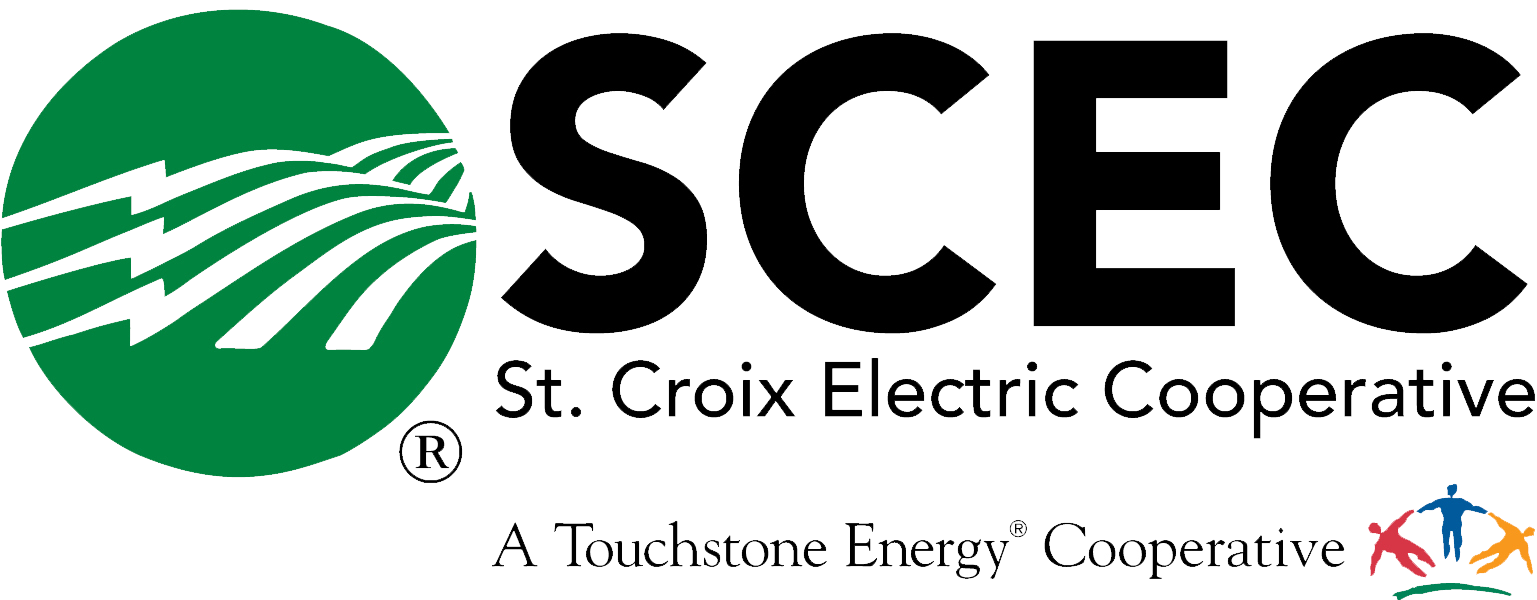Through evolving technology, consumer-members are able to make a difference to help keep power costs stable from our wholesale power provider Dairyland Power Cooperative by using less electricity at the times when it is in high demand (and, therefore, most expensive).
To find out the current Load Control Status, click on the appropriate button below.
Scroll down for more information on load management.
Load Management FAQs
Load Management helps electric cooperative members work together to reduce the amount of electricity needed during times of high demand. By changing when and how electricity is used, we can shift electricity use to times when demand is lower and electricity is less expensive, which help maintain stable electricity rates.
- Utilizing a Load Management Receiver (LMR), members' devices can be remotely controlled during these Events:
- Full Load Control
- Daily Energy Storage: Eligible items include electric water heaters, thermal mass heating systems and EV chargers. This program shifts electricity use away from electricity "rush hour" (high electricity demand) to off-peak times during the day.
- Economic Control
- Emergency Control
- When an Event ends, devices are gradually brought back online. If all devices were turned on at once, it could overwhelm the grid. A gradual restoration helps power generators safely meet electricity needs.
-
Every member can make a difference by shifting their electricity use to times of the day when there isn’t as high of a need for electricity and, therefore, when electricity is less expensive.
On-peak hours are:
- Winter: 5 p.m. to 8 p.m.
- Summer: 11 a.m. to 7 p.m.
- A Peak Alert is issued prior to a Full Load Control event beginning; FLC occurs a handful of days each year: Summer - 2 p.m. to 6 p.m. | Winter - 5 p.m. to 8 p.m.
- The Summer Shift program encourages members to use energy wisely and shift unnecessary summer electricity use, every day, before 11 a.m. and after 7 p.m.
-
If members spread out their electricity use and minimize the number of devices using electricity at the same time, it makes a positive difference toward our energy management efforts. When high-energy appliances (vacuum, dishwasher, clothes dryer, hot tub) are used at the same time, it creates a higher demand for electricity. It’s like turning your kitchen faucet on the largest stream to fill up a pitcher fast vs. a low stream of water, which takes more time to fill the pitcher. You still use the same amount of water, but not all at once.
Load Management allows us to work together to help keep electricity rates stable. Although most cooperative members pay the same for every kilowatthour (kWh) they use, regardless of the time of day, the actual cost to produce and deliver electricity varies. Through devices such as an electric water heater, EV charger or thermal heat storage, load management focuses on reducing the amount of electricity we use during times of the day when the price for electricity is most expensive.
Participation in load control or voluntarily shifting unnecessary electricity use away from our on-peak hours helps reduce the amount of electricity that needs to be available when prices are at their peak.
As the amount of renewable energy generation increases, Dairyland Power Cooperative (our wholesale power provider) uses load control to take advantage of these intermittent renewable resources. Many times, opportunities for wind energy production is at night when electricity consumption is low. By utilizing the Daily Energy Storage strategy, members are charging their EVs and heating their water overnight to take advantage of available renewable energy.
 We install an LMR (Load Management Receiver), usually on the outside of your house. When a control Event begins, a signal is sent to the receiver to pause power to the device(s) enrolled in the active program. When the Event is over, a signal is sent to the receiver to switch the device(s) on to resume normal operation. Our cooperative will work with you to determine which program best fits your personal energy goals.
We install an LMR (Load Management Receiver), usually on the outside of your house. When a control Event begins, a signal is sent to the receiver to pause power to the device(s) enrolled in the active program. When the Event is over, a signal is sent to the receiver to switch the device(s) on to resume normal operation. Our cooperative will work with you to determine which program best fits your personal energy goals.
The event status can be monitored with the buttons found above.
You can also view the LED lights on the receiver:
- The receiver will illuminate a single green LED (Prop) light when there are no events initiated.
- During an event, the receiver will have a single green LED illuminated in combination with either an amber or a red LED light.
- At the completion of the event, the amber or red light will shut off, indicating restoration of your device(s). In most cases, a home will not notice when an event is occurring
Our local powerlines are part of a larger, regional grid operated by the Midcontinent Independent System Operator (MISO). Being part of MISO means Dairyland Power Cooperative (our wholesale power provider) has access to additional power generation resources throughout MISO’s territory, which extends from Manitoba, Canada, south through 15 U.S. states to Louisiana.
MISO allows Dairyland options to purchase the most cost-effective power throughout the day (Dairyland also sells the power it generates into the MISO market).
It also means events that might cause a high demand for electricity in other parts of MISO’s territory can affect electricity prices in our region. Examples include extreme weather, powerline congestion (more electricity is being generated than a powerline can handle) or unexpected power plant outage.
Even if it’s not very hot or cold outside, all of us can conserve energy during these peak times to help keep our electricity rates stable and affordable.
